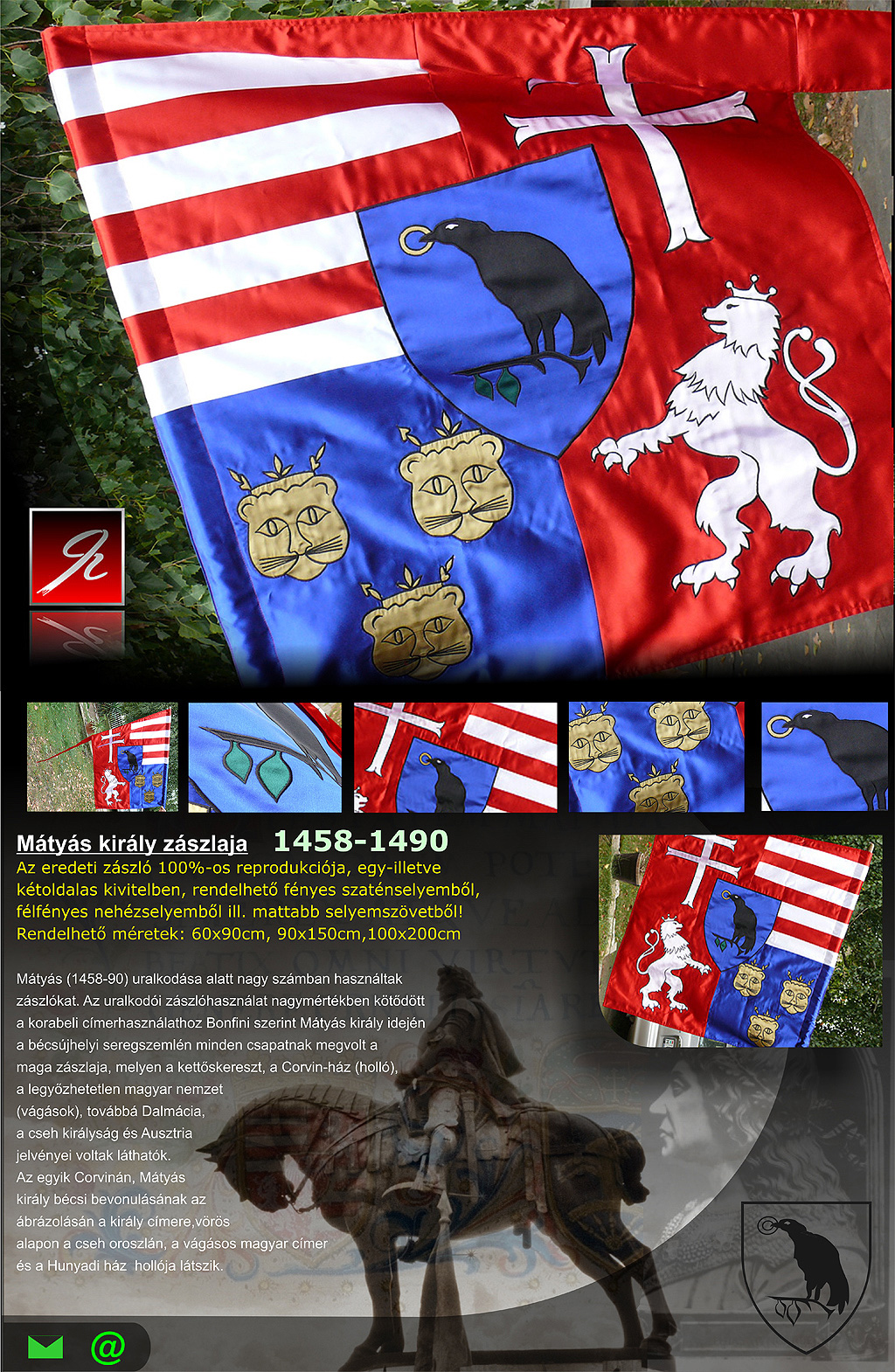
Apparat Dlya Elektrorefleksoterapii Luch 1
The latest Tweets from Stephanie Smith (@Mari__Kiss): 'Hello! Dear, do you want to see my vagina? Go to https://t.co/ZEoDiL1SBO'.
The Answer to Locating in Steel or Ductile Iron Lines Now your locates don’t have to stop where the steel begins. Penetrating steel or ductile iron requires a very low frequency, and the 16 Hz LD Series transmitters have it. Use it with your in lines of almost any material – steel, cast iron or nonmetallic. You’ll also find that 16 Hz is far less vulnerable to electrical interference than 512 Hz.
16 Hz electronics require significant trade-off of size vs. Power, so we offer 2 versions to fit your needs: • The LD-14 is the most powerful, but may be too long for the line you’re working in. • The LD-9 sacrifices some power to gain the advantage of a smaller size. • 16 Hz – a very low frequency with the advantage that it will penetrate steel or ductile iron lines (as well as cast iron and nonmetallic).
It is compatible with any gear that operates at 16 Hz. • 512 Hz – the industry standard frequency for locating in cast iron or nonmetallic lines. It is compatible with any other manufacturer’s 512 Hz equipment. • 8 KHz – a high frequency that works in nonmetallic lines only, but is very efficient and offers good range. Works with any 8 KHz equipment. • 223 KHz – suitable for nonmetallic environments only.
It can work as sniffer in the network, cracking encrypted passwords using the dictionary attack, recording VoIP conversations, brute force attacks, cryptanalysis attacks, revealing password boxes, uncovering cached passwords, decoding scrambled passwords, and analyzing routing protocols. Cain and Abel does not exploit any vulnerability or bugs. Download free teamspeak 3 admin token hack software. The most notable thing is that the tool is only available for Windows platforms. Cain and Abel Cain and Abel is a well-known password cracking tool that is capable of handling a variety of tasks. Key features of Wfuzz password cracking tool: • Capability of injection via multiple points with multiple dictionary • Output in colored HTML • Post, headers and authentication data brute forcing • Proxy and SOCK Support, Multiple Proxy Support • Multi Threading • Brute force HTTP Password • POST and GET Brute forcing • Time delay between requests • Cookies fuzzing 4.

Only Prototek makes equipment that operates at this frequency (AR-1 and ATP-12). You must match the transmitter’s frequency to the receiver’s frequency.
A 512 Hz Transmitter will not work with a 223 KHz Receiver, etc. The Range of a transmitter is the maximum distance, in feet, your receiver can be from the transmitter and still pick up a usable signal (using fresh batteries in both transmitter and receiver). • For 16 Hz transmitters the range is very dependent on the wall thickness of the pipe, so the range given is pessimistic, i.e., for the thickest typical lines. Range in nonmetallic lines can be up to 3 times that in steel; the range in cast iron is slightly less than in nonmetallic. • For 512 Hz transmitters, is made specifically for cast iron but works great in nonmetallic lines to. The range of an FD-10 is about 10 feet in cast iron and 15 feet in nonmetallic.
• For 8 KHz transmitters, the range is for nonmetallic lines only – its signal will not pass through any kind of metal. • For a 223 KHz transmitter (ATP-12), the range is also for nonmetallic lines only. The range of an ATP-12 flushable transmitter is about 12 feet. Its signal will not pass through any kind of metal. Note: These Range distances apply to Prototek receivers only! We cannot guarantee your results with other receivers. “Tone” refers to the type of signal emitted by a transmitter.
All of our transmitters are one of these types; many are available either way. Which tone should you choose? Here are some considerations about each type: C – Continuous or “Solid” Tone Pros: • available on almost all Prototek transmitters • best to use for determining precise depth • compatible with most other manufacturers’ equipment Cons: • harder to distinguish signal from interference • shorter battery life B – Beeping (on/off) Tone Pros: • easier to distinguish signal from interference • longer battery life Cons: • difficult to use for determining depth • won’t work with LF2000 or LF2200, or many other manufacturers’ digital equipment.